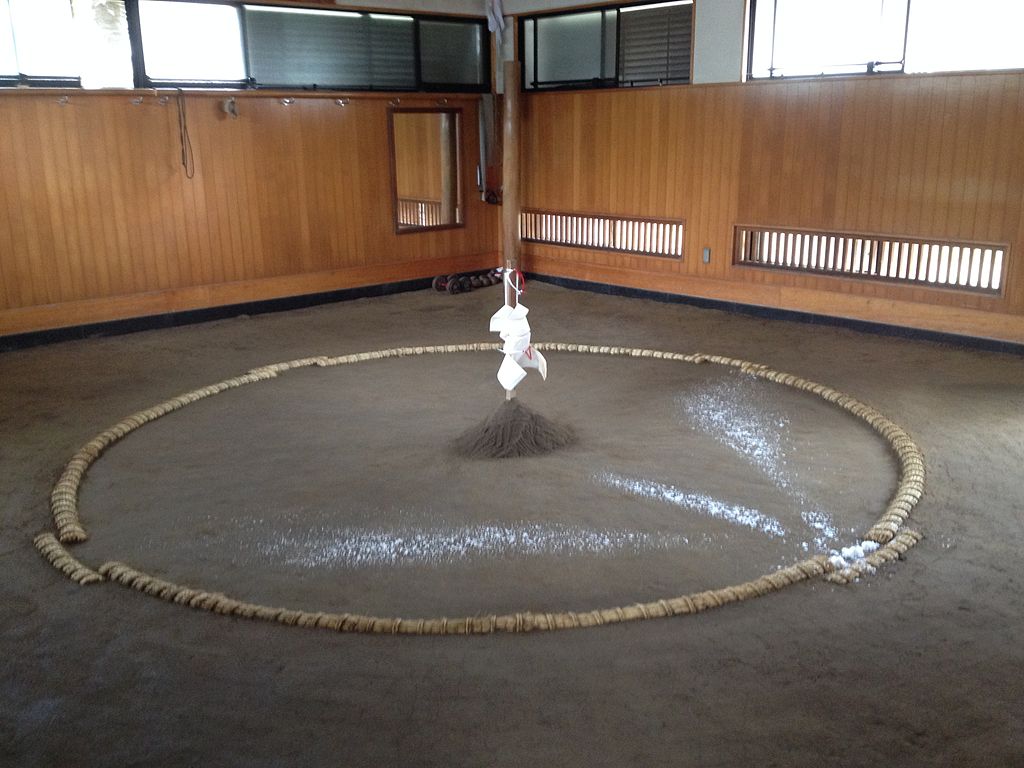Mar 22, 2019
Planning Your Visit to a Sumo-Beya
Attending a match at a sumo tournament is just one way to experience real-life sumo. Another is to visit a sumo stable (or sumo-beya) where professional wrestlers live and train. In fact, visiting a sumo-beya will give you a better understanding of the culture of wrestling. Plus, as tournaments are only held a few times a year in selected places across the country, visiting a sumo-beya could be your only way to see the sport in action.
A sumo-beya is not a tourist attraction. Although some are open to the public, you cannot just turn up — you need to book and plan your visit in advance.
Call Ahead of Time
It is best to call the sumo-beya you want to visit at least a day before to find out if training (keiko) is taking place the next morning. Practice usually takes place on weekdays only and wrestlers have around a week off right after a tournament.
Be Prepared to Arrive Early
Keiko can start as early as 5:30 a.m. and usually begins no later than 9:00 a.m. You will need to be at the sumo-beya right before the start of practice; otherwise, you’ll be unable to enter. Keiko lasts around three hours and you’ll have to stay the entire time.
Know the Rules
You’ll need to sit completely still for the full three hours of keiko. You’ll receive a spot at the back of the room where you will sit on a cushion (zabuton). It is important to avoid pointing the soles of your feet in the direction of the wrestlers.
The other rules are:
- Bow to the stable master and wrestlers when you arrive and leave.
- No talking, including in whispers.
- No eating, drinking or chewing gum.
- No using phones.
- No flash photography or taking photos with a camera that has a noisy shutter. In fact, it is best to refrain from taking photos at all — or at least take very few. You may be able to take some pictures with the wrestlers at the end of keiko, although this depends on the beya.
- If you like, you can bring the wrestlers an edible gift in attractive packaging. This will be much appreciated.
It is crucial that you adhere to the rules while you watch keiko to show respects to the wrestlers.
Consider Watching from the Street
A few places offer a viewing point of keiko from the street. This can be a good option if you want to gain an idea of what the training is like — but you’d rather not spend three hours sitting in the sumo-beya. Still, it does fall far short of the experience you receive being inside the dohyo.
If you have the opportunity to visit a sumo-beya, you should take it — you’ll be glad you did. There may be strict rules, but the experience is well worthwhile. Not only will you have the chance to see professional wrestlers practice in faux matches, you’ll also see them perform their ritual strength-building and flexibility exercises up close.
FourTildes [CC BY-SA 4.0], via Wikimedia Commons


About the author